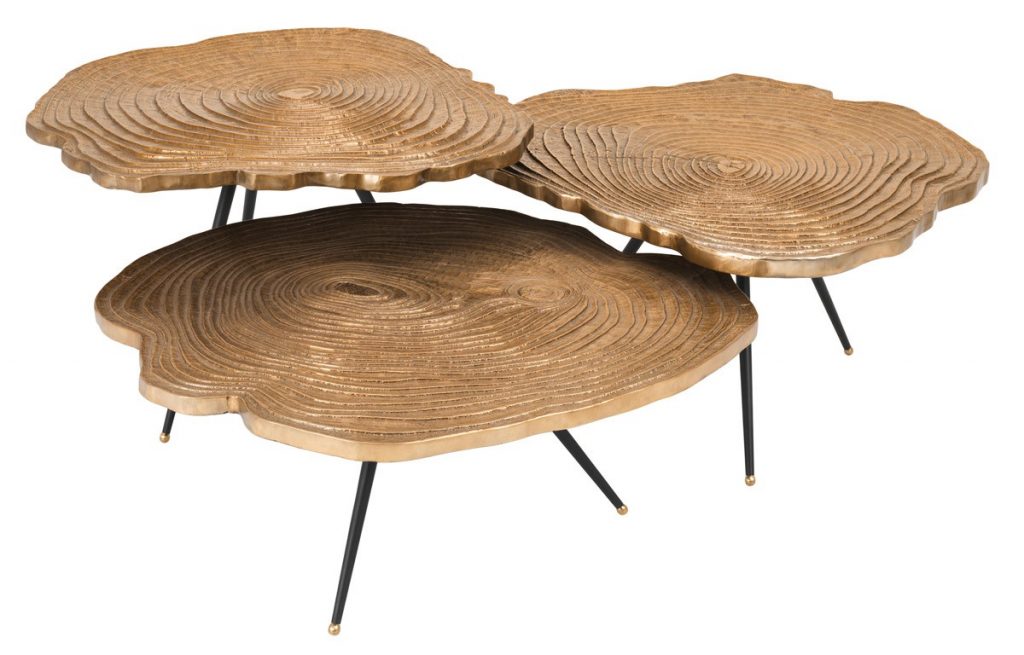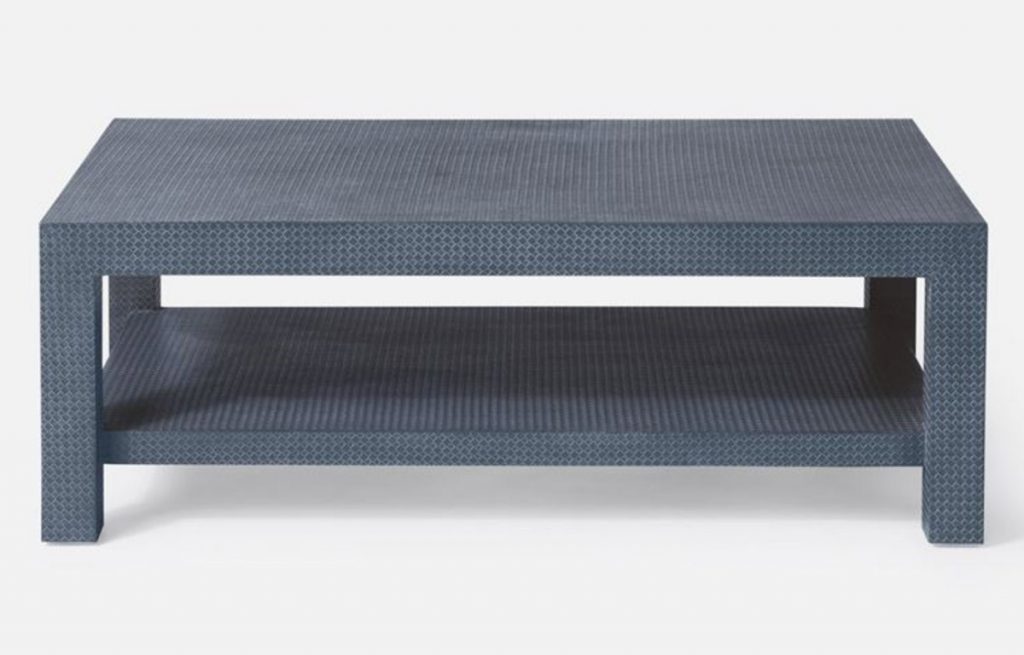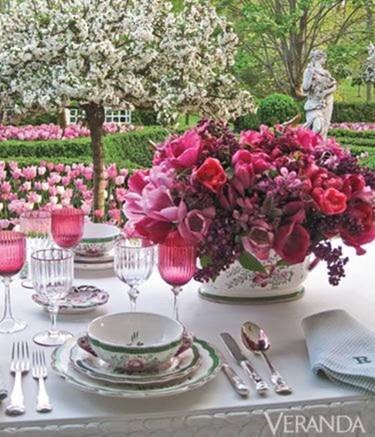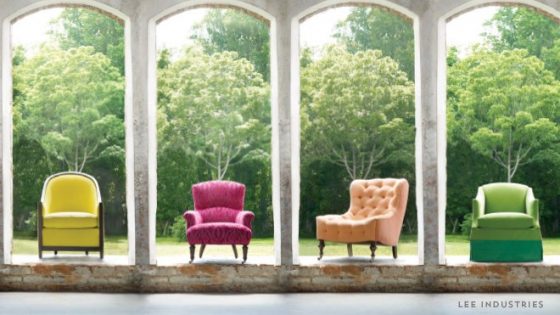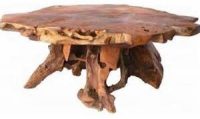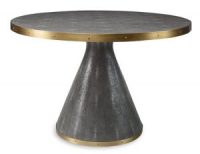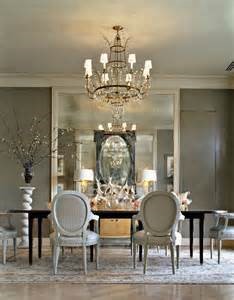 We hear this term “transitional” being used to denote a certain style in the last 10 years. But what does it really mean? This is a great way to update the look of a room by incorporating new furniture and décor styles with your existing furniture if you aren’t re-doing the whole room. This works because Transitional really means combining a mix of modern and traditional styles. This can be challenging to create a cohesive transitional room if you don’t know exactly what this term means.
We hear this term “transitional” being used to denote a certain style in the last 10 years. But what does it really mean? This is a great way to update the look of a room by incorporating new furniture and décor styles with your existing furniture if you aren’t re-doing the whole room. This works because Transitional really means combining a mix of modern and traditional styles. This can be challenging to create a cohesive transitional room if you don’t know exactly what this term means.
Simply said Transitional is it not too cold, not too fussy and not too formal. It won’t necessarily suit color enthusiasts because it is about warm neutrals which would include cream, taupe, tan, grays, khaki and the occasional hit of espresso brown or chocolate. Wood tones from warm brown to chocolate are typically the only deep tones used. There is no room in this look for punchy florals or Pucci-esque prints. To get a jolt of color keep it to a few strategic accents, for example in lamps, artwork and throw cushions.
The living area will read as monochromatic but it is anything but boring due to the fact that Transitional is all about textures. Woven fabrics, natural fibers, blend of matte and shiny finishes which lend a sense of layering. The metal of choice has been brushed nickel or silver used in frames with simple lines, fixtures and accessories. I was recently at the Dallas Market and was seeing gold as well on many pieces from coffee tables, fabric, accessories and mirrors. Mixing metals makes the room more interesting to the eye and once again it is about blending looks.
Flooring is kept neutral with the use of soft colored carpets or wood floors in warm tones. Texture in the carpets or rugs is important. Window treatments are basic panels of a solid color or subtle design and shirred on simple rods. Choose clean Roman shades in fabric or in a woven wood when using blinds. Treat windows elegantly but simply. No billowing draperies or elaborate finials in transitional design are used they overpower and feel overdressed in this design style.
When choosing accessories do so wisely and limit the pieces to ones that are impactful. Minimal accents are used in a style that has no room for frills and clutter.
The secret to a Transitional space should peaceful, restful and to make one feel at ease. After all isn’t that what we want in our home? It’s no wonder this design style has become as popular as it enables you to create your own stamp and bring your personality softly into your home.


